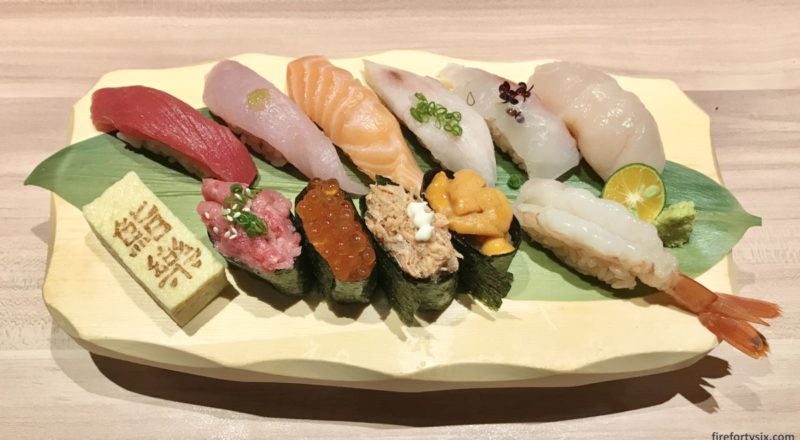When Itacho Sushi first landed in Singapore, I remember us going there quite frequently for their hotate nigiri, ikura gunkan and various other sushi. The seafood was fresh, portions were generous and prices were reasonable.
But as they expanded aggressively and started opening more and more outlets throughout Singapore, their quality took a hit and we simply stopped going.
Recently, we noticed a new sushiya at the basement of Raffles City Shopping Centre, and found out that it was opened by the same owners as Itacho.
Sushi Raku looked more upmarket and had a smaller menu with higher price points. Ratings on Google were quite high, writeups were mostly positive though, being new, there were only a couple of dozen reviews posted. It ended up on our “worth a try” list, and we found ourselves there on an early weekday night for a light dinner.
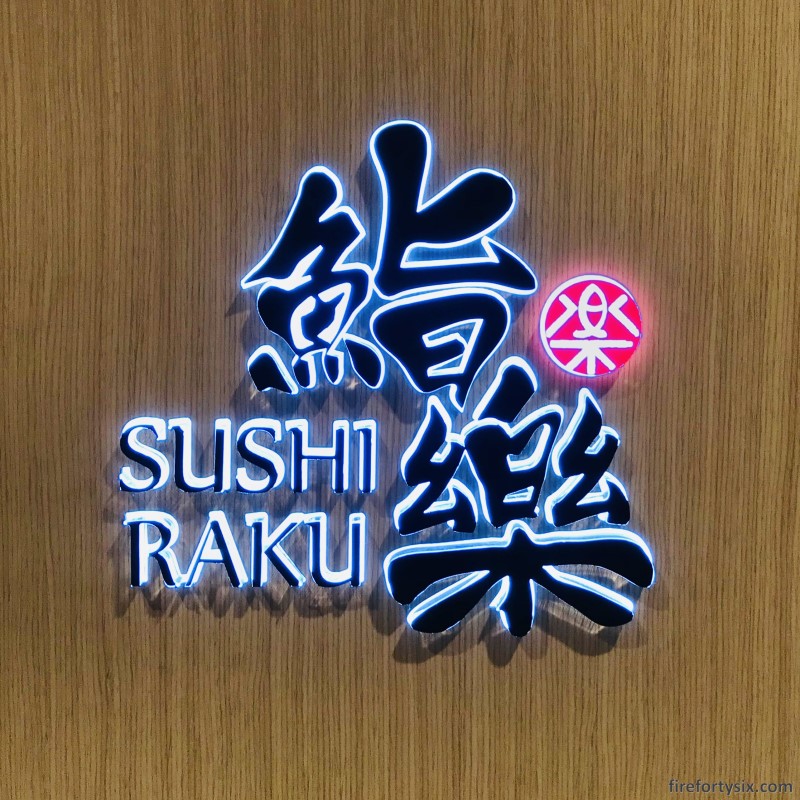

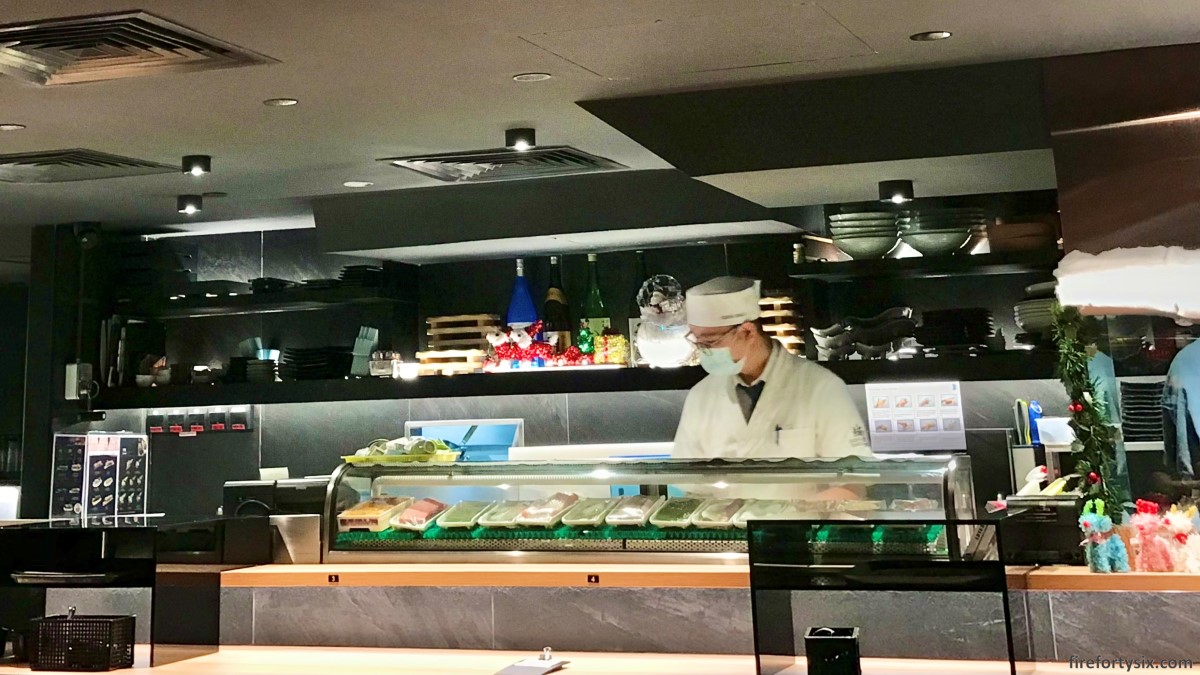
One attraction of Sushi Raku was their use of red vinegar (akazu) to flavour their shari, imparting a warm brown hue to the rice. It’s supposed to taste smoother, less sharp and more flavourful than shari made with white vinegar.
For a casual eatery, it’s not commonly seen and we were curious to see if it made any discernable difference to the final taste of the sushi.
Except for their seasonal air-flown specials, their sushi couldn’t be ordered individually. We had to choose one of their pre-selected sets, and the selection that best matched our preferences was the 12-piece Raku Sushi Set. We added a soft-shell crab handroll, a bowl of miso soup each plus hot green tea.
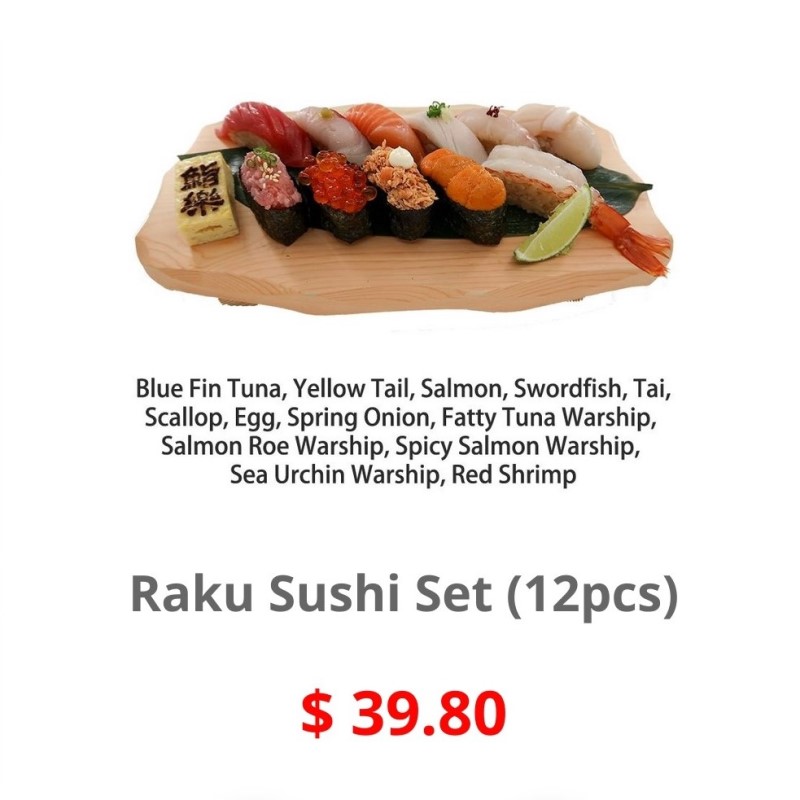
The handroll, soups and green tea arrived first, together with two blobs of some hideously green substance that looked like they were piped out of a large bag. I assume that they were meant to be “wasabi”, or more likely horseradish powder dyed green and re-hydrated.
It’s wasn’t totally unexpected and is actually a common practice in Japanese eateries in Singapore, but they could have used a less Hulk-like shade of green. Thankfully, our sushi set arrived soon after, with a hand-formed blob of freshly-grated real wasabi.
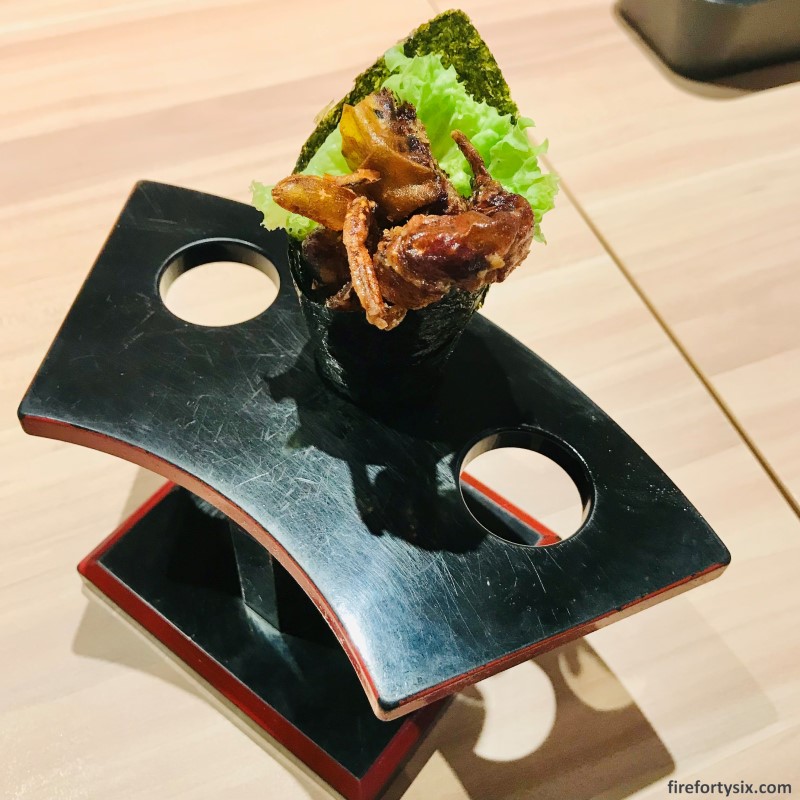
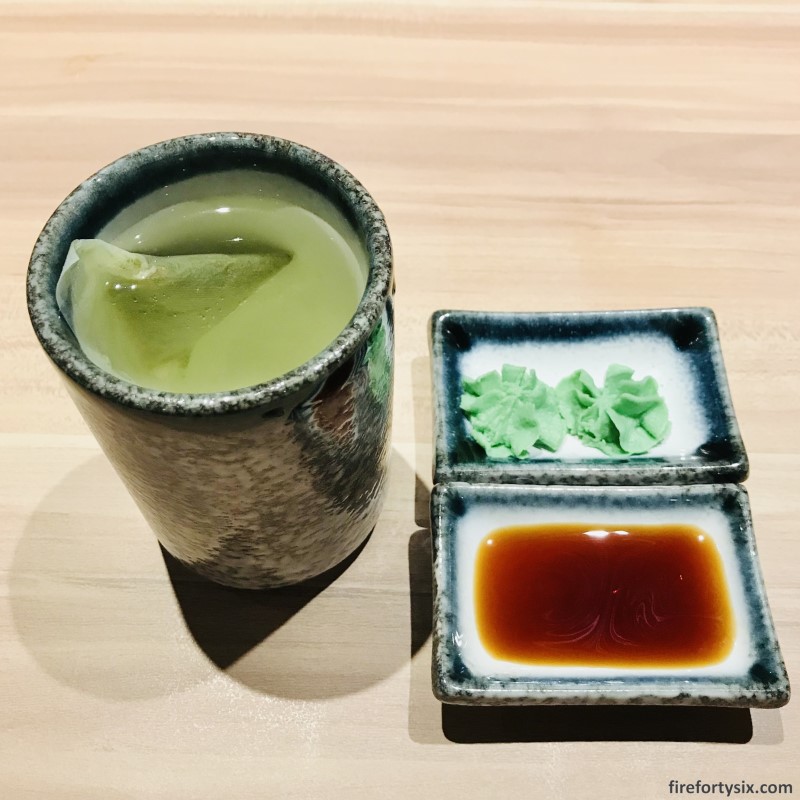
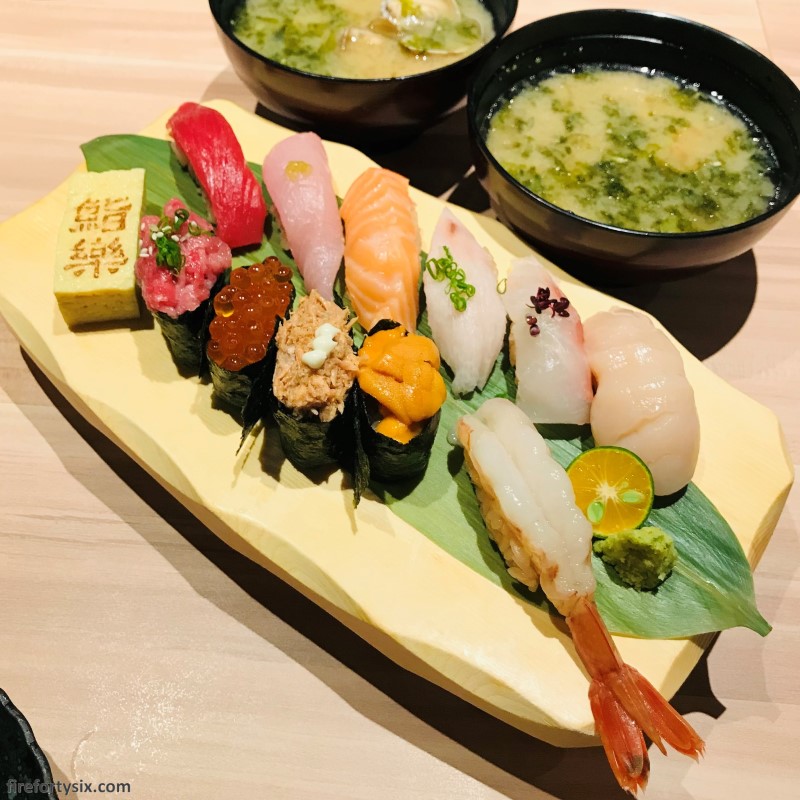
Our first impressions of the sushi platter was that it all looked quite fresh, but the sizes of the nigiri and gunkan were noticeably smaller than usual; perhaps 20% smaller than what you’d normally get in similar restaurants.
You can’t quite see the shari clearly from the photos, but they did indeed have the light brown hue imparted from the use of red vinegar.
We started with the lighter-tasting shiromi, or white-fleshed fish, and slowly worked ourselves up to the heavier-tasting sushi. They say that first impressions are the most important, and the Raku Sushi Set did not disappoint.
The hotate was fresh and juicy, with its natural sweetness enhanced by the drops of calamansi that we squeezed on top. It reminded us of the hotate from the early days of Itacho, except for its slightly smaller size.

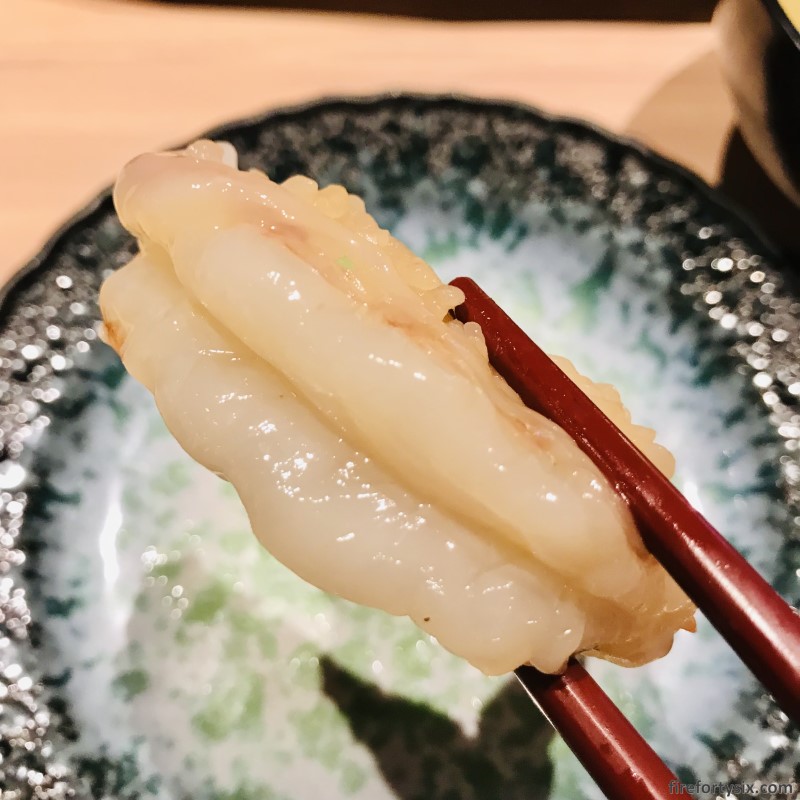
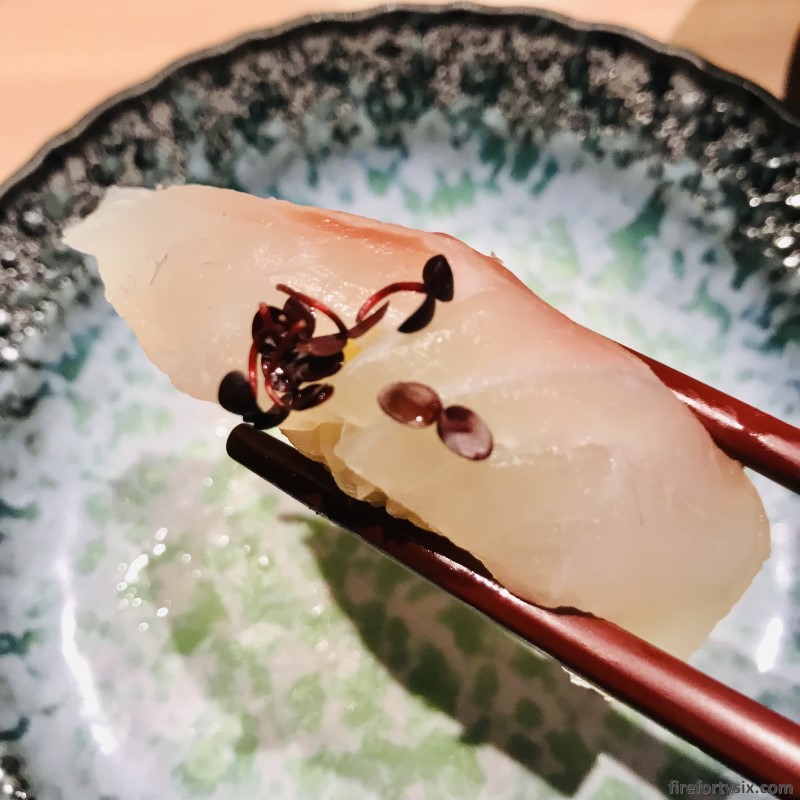

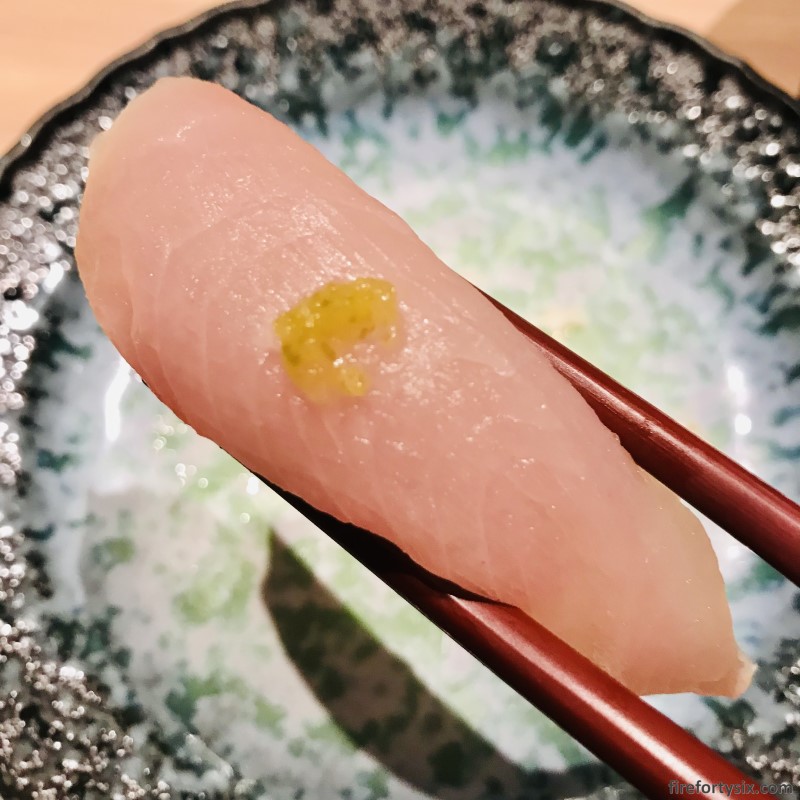
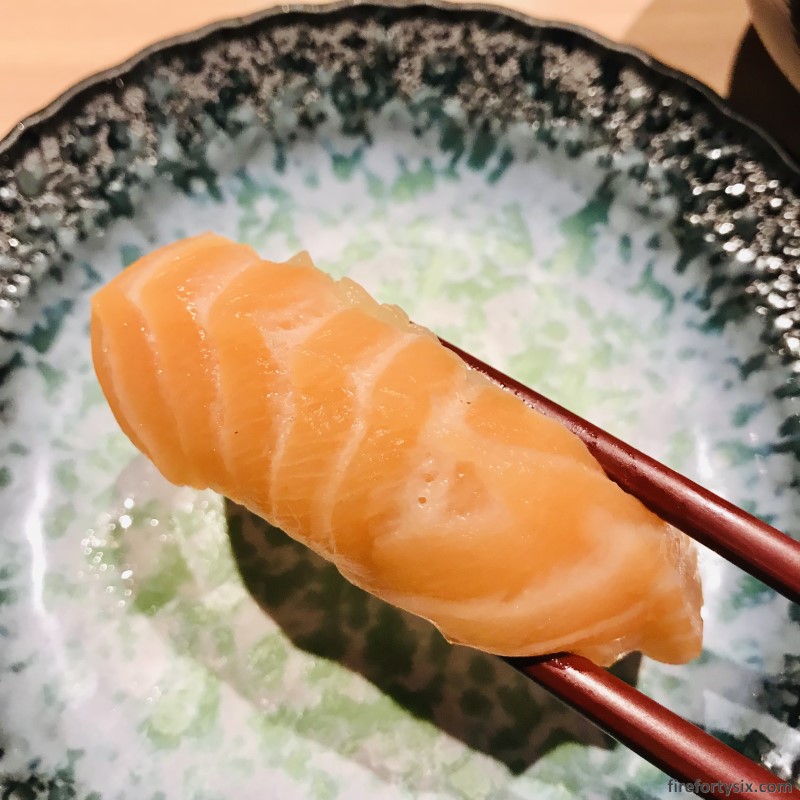
Likewise, the aka ebi was sweet and still slightly crunchy, a good indication of its freshness. It also benefitted from the calamansi juice. The tai was nice and chewy, with the shiso flowers imparting a strong herbal note.
The yuzu kosho-topped hamachi was slightly fatty and full-flavoured, though not as good as the buri we had at En Dining. We’re not fans of mekajiki (swordfish) or salmon sushi in general, but these were quite good. Though if we could order individual pieces, we would not have chosen them.
Tuna is on the The Wife’s blacklist (because dolphins) and I had both pieces of the akami and negitoro all to myself. Between akami, chutoro and otoro, I usually go with the medium-fatty chutoro but the akami was surprisingly nice.
I’m also a big fan of negitoro, and this version was made the way I like it — fatty and soft, but not too mushy, with sufficient negi (though I would have preferred a bit more).
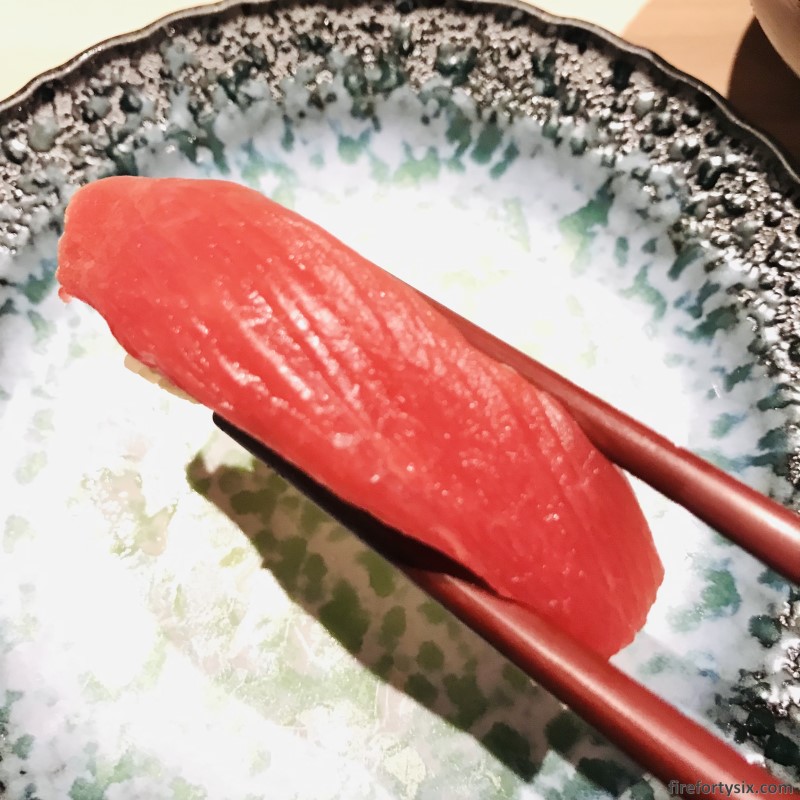
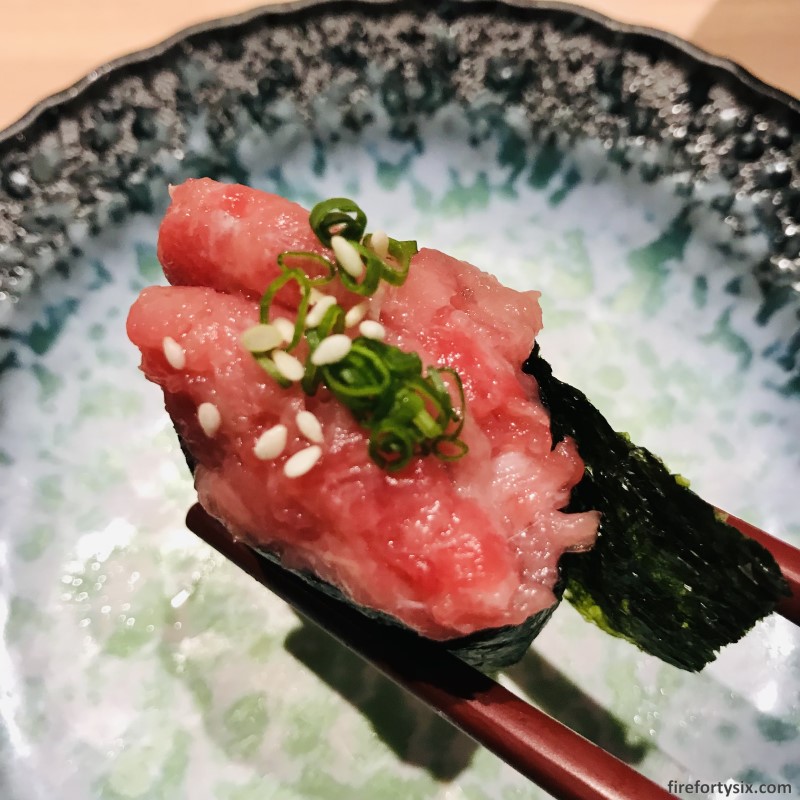
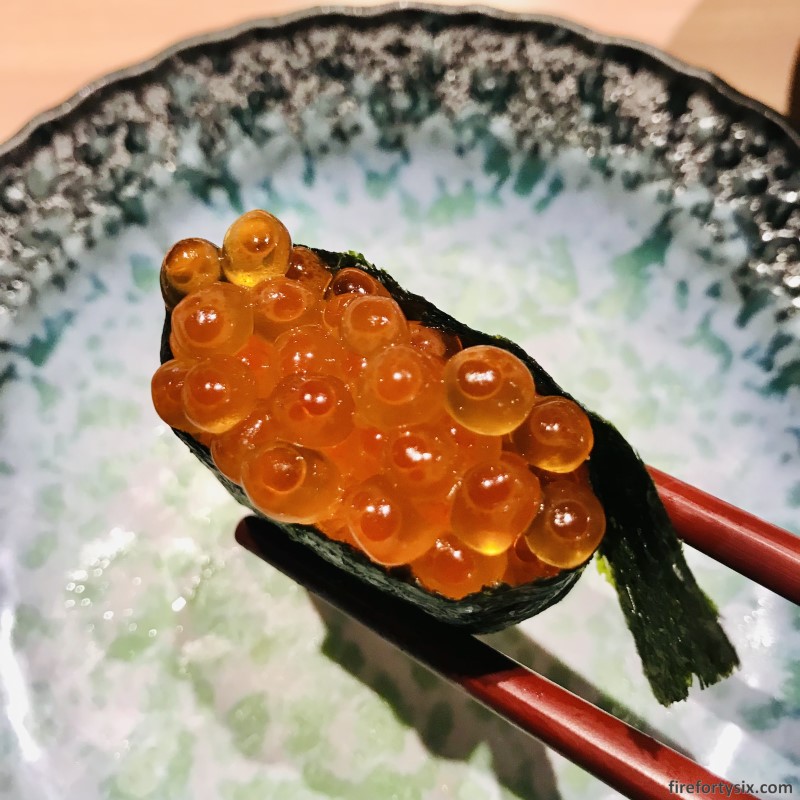
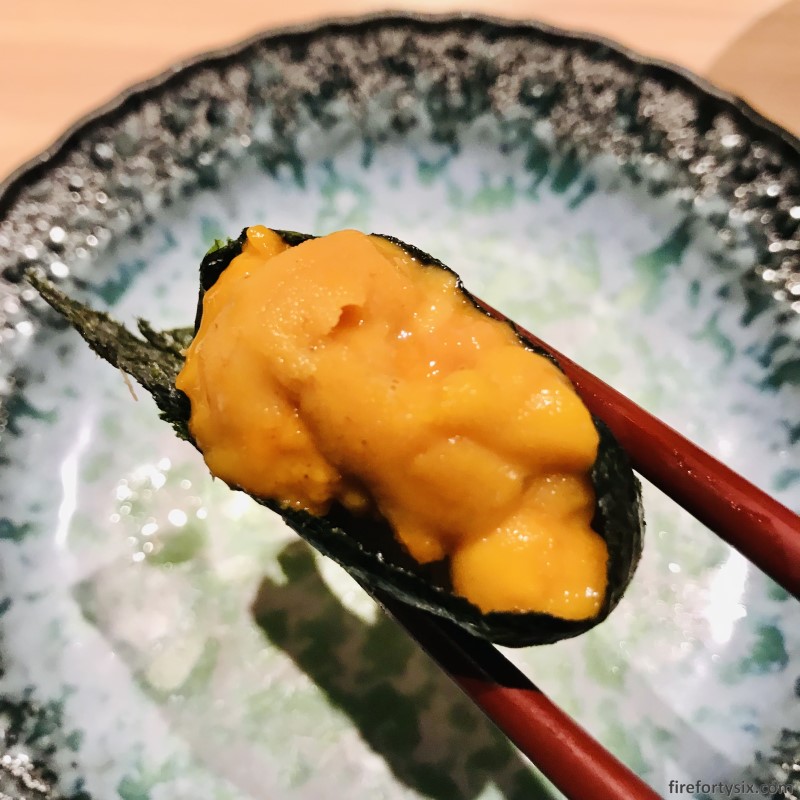
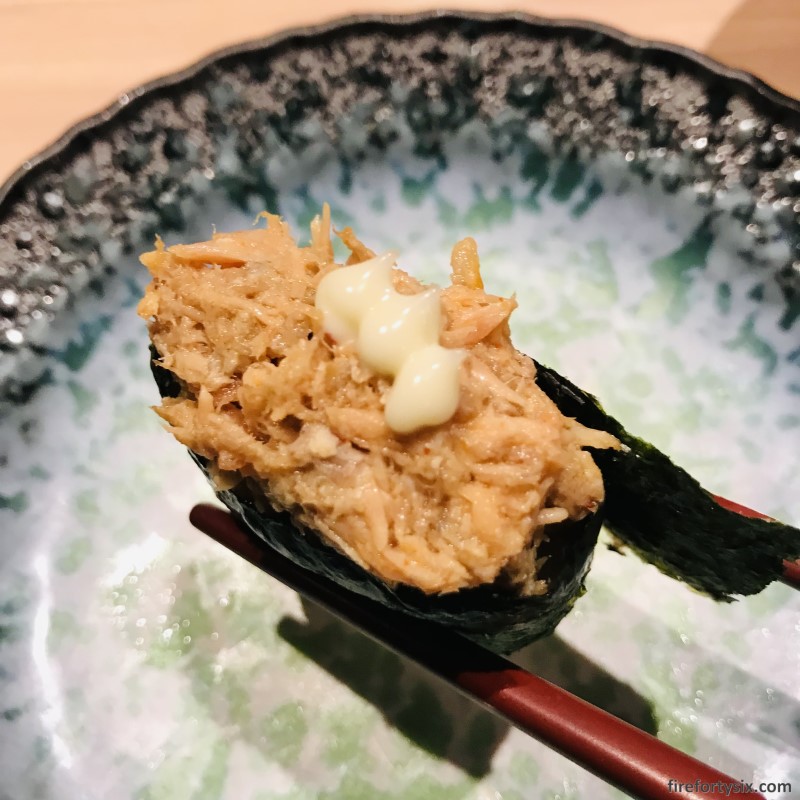
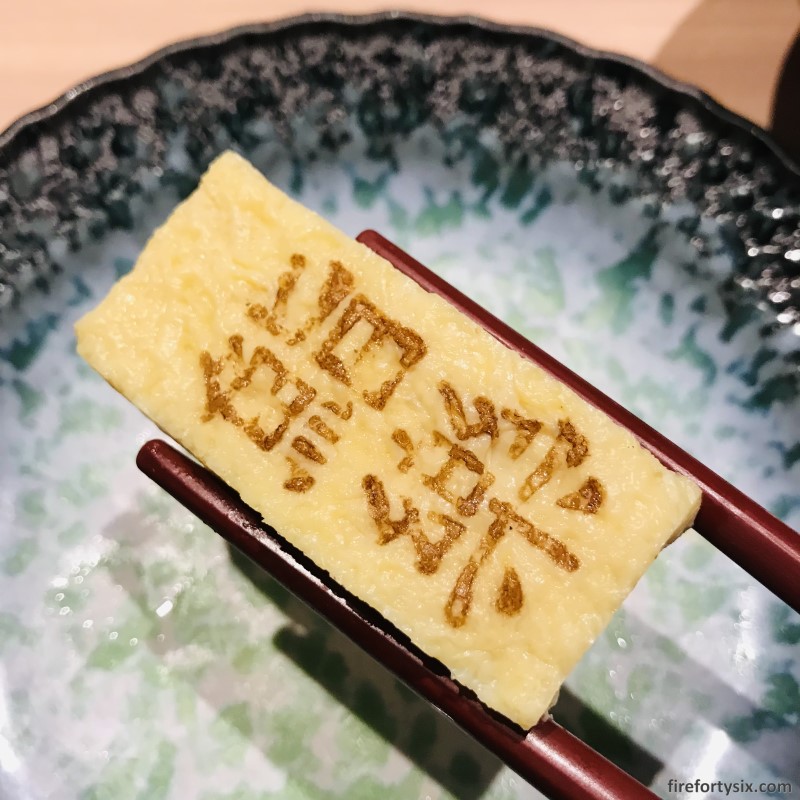
Both the ikura and uni gunkans were quite nice too, and since The Wife is a bigger uni fan than I am, she had more of the sea urchin. In case you’re wondering, the uni was sweet and rich in umami, with no hint of ammonia. We would have gladly wolfed down a few more pieces.
The spicy salmon though was a total misfit, and was the only item on the platter that we didn’t like. It just tasted, how do I put it, really strange. A piece of strong-flavoured and oily aji, sanma or iwashi would have been a better choice.
Luckily we had the sweet tamogoyaki, with Sushi Raku in kanji branded on the surface, to help wash away the spicy salmon aftertaste.
11 out of 12 ain’t bad, and the sushi platter gave us confidence to try their sashimi next time. Scanning through the three sashimi platters on the menu, the one that we’d order is the Raku Sashimi Set, which also happens to be the least expensive.
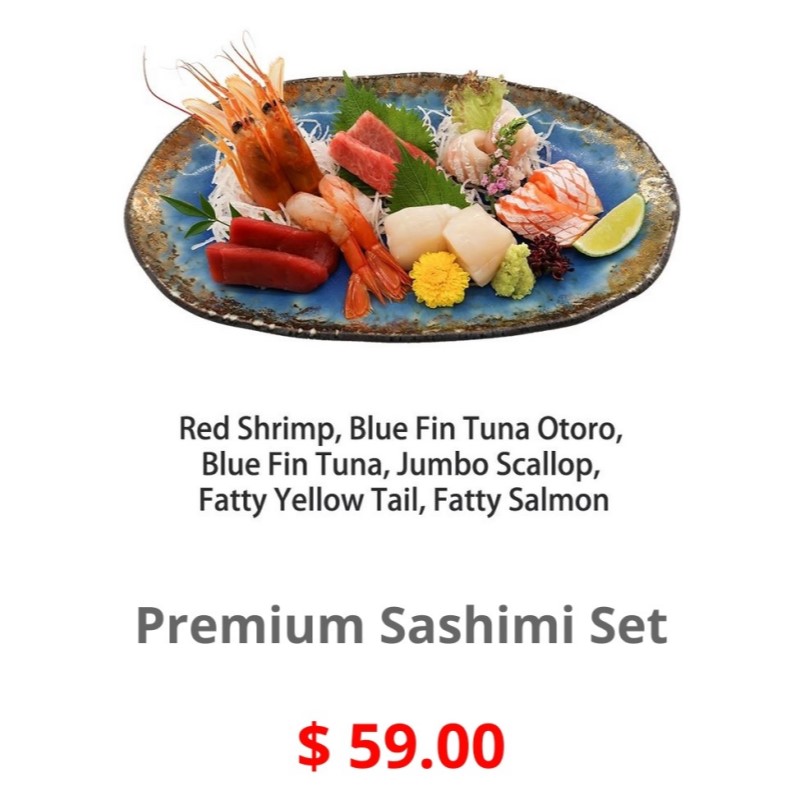
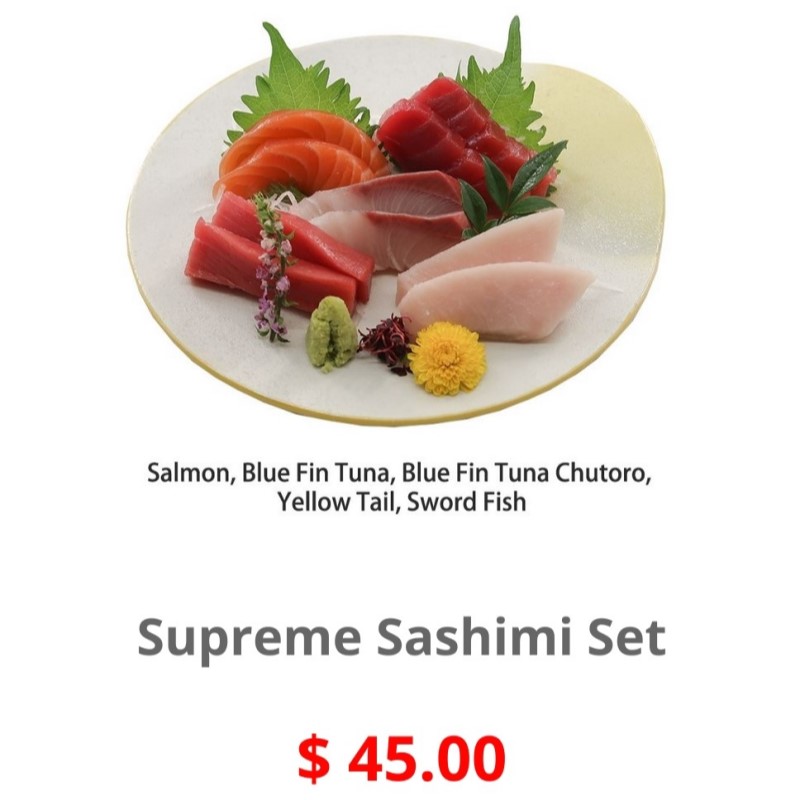
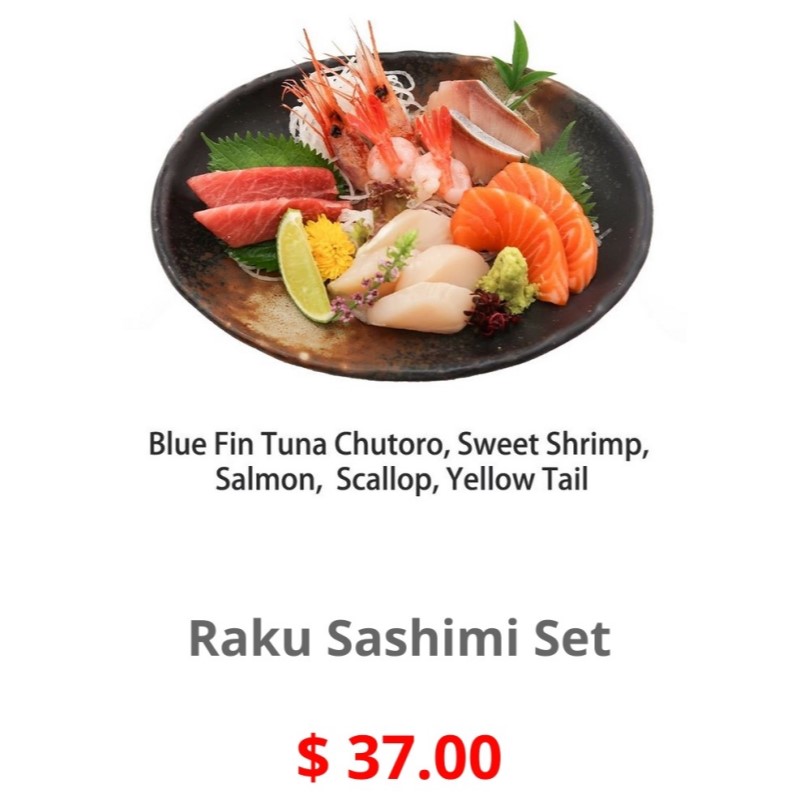
Oh, about the red vinegar shari, it actually does taste different from the normal white vinegar shari. Given a choice between the two, we’d definitely go with the former. It’s a pity that casual eateries don’t offer it as standard.
The next time we, or more accurately I, have a craving for some good sushi and sashimi at reasonable prices, Sushi Raku will be where we’ll be.
In fact, given that they probably use the same suppliers, I might want to give Itacho a second chance. After all, they’re from the same family.
